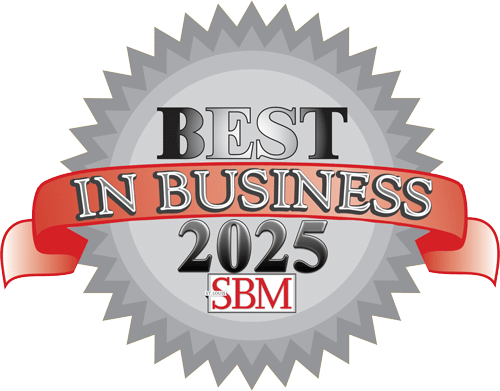We Support your IT Everything

When most people think of cyberattacks, they imagine flashy ransomware demands or massive data leaks. [...]
Choosing an IT or cybersecurity partner isn’t just about finding someone who can fix computers [...]
When IT can’t keep up, your business slows down. As technology becomes central to growth, [...]
It used to be you could install a name-brand antivirus/antimalware software and feel confident in [...]
As we move deeper into 2025, cyber threats continue to evolve at a breakneck pace. [...]
The cloud and cloud security have come a long way. In 2025, it’s no longer [...]
As cyber threats continue to evolve, the cyber insurance landscape is adapting to address emerging [...]
Artificial intelligence (AI) has become both a powerful weapon and a double-edged sword in the [...]
In a world filled with communication methods, email is – without a doubt – one [...]
This week, ThrottleNet had the privilege of hosting an amazing group of students from Lift [...]